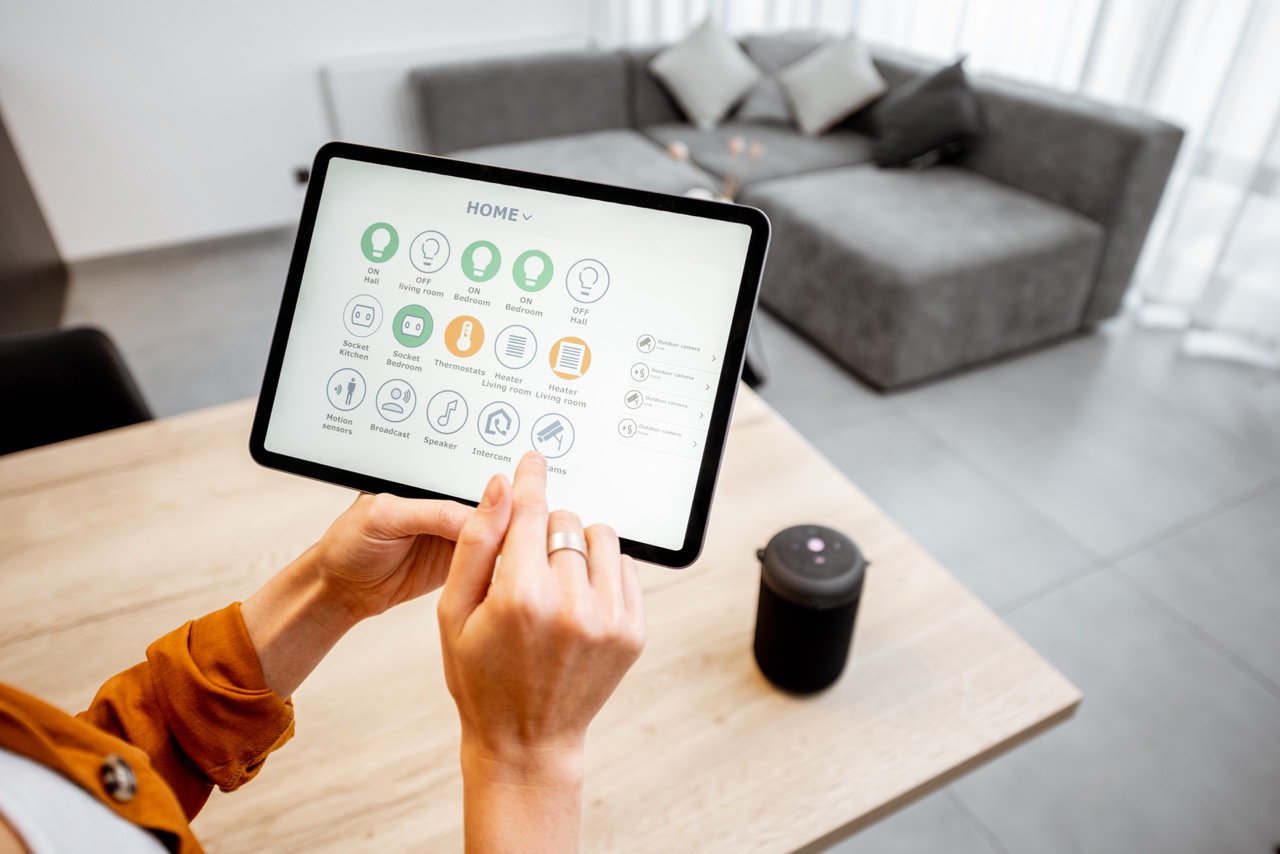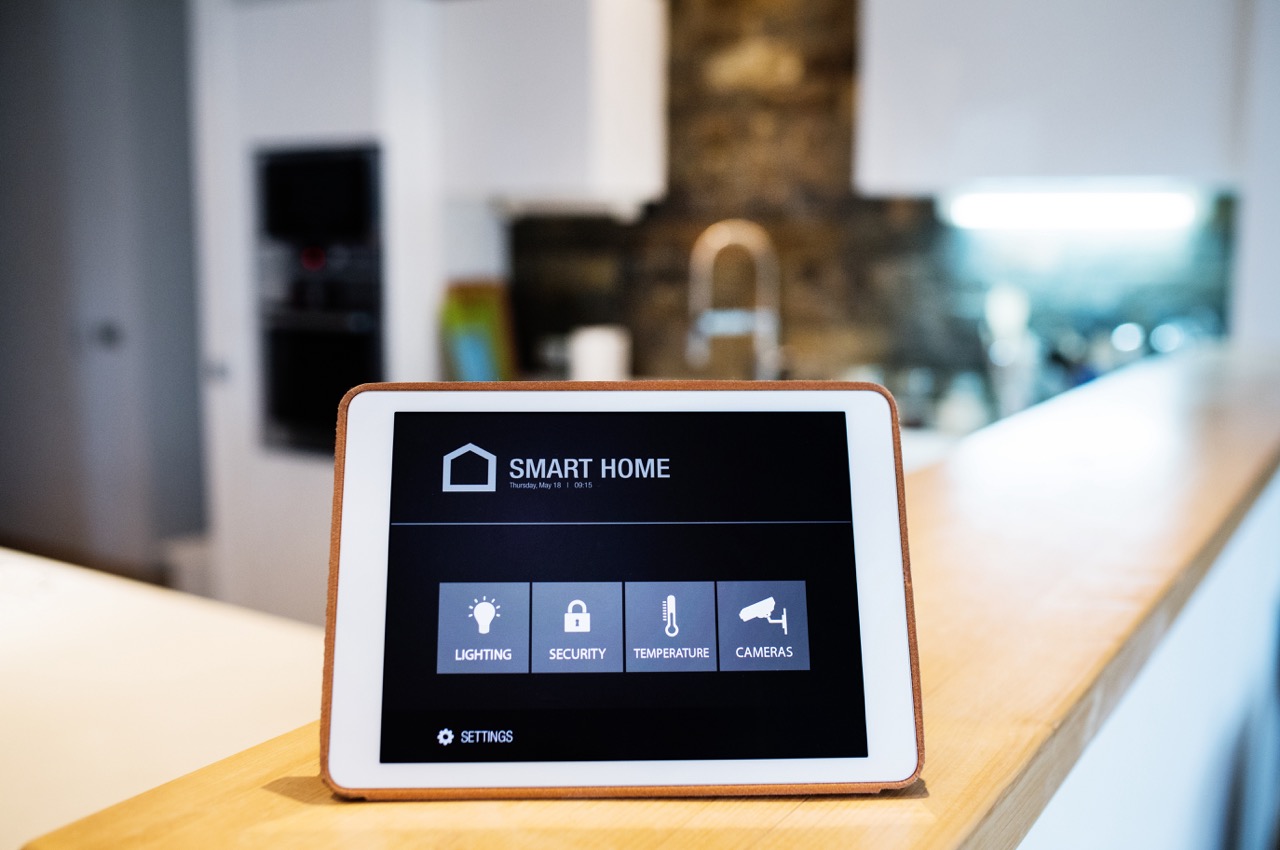In the ever-evolving landscape of wearable technology, one of the latest innovations capturing attention is the smart ring. These small, stylish devices encapsulate powerful tech that promises to blend seamlessly into our daily lives, offering functionalities similar to those of smartwatches but in a more discreet form factor. As tech enthusiasts and everyday consumers alike consider integrating these gadgets into their routines, it’s essential to critically assess the implications of their rise. Are smart rings just a passing trend, or are they a glimpse into the future of personal connectivity and health monitoring?
Evaluating the Surge of Smart Rings in Tech
The market for wearable technology has been expanding rapidly, and smart rings are riding this wave with increasing prominence. Initially introduced as a niche product, these rings have gained traction thanks to advancements in miniaturization and technology. They are equipped with features such as fitness tracking, sleep monitoring, and even payment functionalities, all packed into a tiny, wearable form. This surge is not just about convenience; it’s about pushing the boundaries of how and where wearable tech can be integrated into our personal space. Tech companies are heavily investing in the development of these rings, indicating a strong belief in their potential. However, for all their innovative capabilities, smart rings must prove that they can be a reliable and essential part of our tech arsenal, rather than a supplementary gadget.
Are Smart Rings the Future of Connectivity?
Smart rings represent a significant leap forward in how seamlessly technology can integrate into our lives. By offering connectivity features like notifications, media control, and even smart home integration, these rings propose a future where our interactions with technology are more subtle yet consistently present. The appeal lies in their discretion and ease of use, facilitating connectivity without the obtrusiveness of a screen. As society moves towards minimalism and integration in tech, smart rings could very well be at the forefront of this transition. Nevertheless, for them to become a mainstay, developers need to ensure that these devices can maintain a high level of connectivity and compatibility with a wide range of other smart devices.
Impact on Health Monitoring: More Than a Gimmick?
Smart rings are not just about staying connected; they also offer significant potential in health monitoring. Equipped with sensors that monitor heart rates, sleep patterns, and even oxygen levels, these devices provide critical health data in a more accessible manner than many existing devices. For individuals managing chronic conditions or those dedicated to maintaining an active lifestyle, smart rings could be a game-changer. Moreover, the continuous evolution of biometric technology could allow these devices to detect early signs of illnesses, potentially revolutionizing preventive health care. However, the effectiveness and accuracy of these metrics are paramount—if smart rings can provide reliably precise data, they could transcend being perceived as mere gadgets.
Balancing Style and Tech: Smart Rings’ Aesthetics
One of the most compelling aspects of smart rings is their ability to integrate technology with style. Unlike bulkier wearables, these rings can be as discreet or as bold as the wearer desires. Designers are now collaborating with tech companies to create pieces that not only perform well but also complement personal style. This fusion of fashion and function is crucial as it could lead to wider acceptance and adoption of smart rings among users who value aesthetics just as much as utility. However, achieving this balance is challenging; the rings must be small enough to be fashionable yet large enough to house necessary technological components.
Privacy Concerns with Smart Rings: How Safe?
As with any device that collects personal data, smart rings come with privacy concerns. The intimate nature of the data collected—ranging from health metrics to payment information—makes security a top priority. Users must be confident that their data is protected through robust encryption and secure data handling practices. Additionally, the potential for always-on tracking raises questions about personal space and data autonomy. Manufacturers must address these concerns transparently, ensuring that users have control over their data and understand how it is being used and protected.
Potential Market Growth: Are Smart Rings Sustainable?
The sustainability of smart rings in the market depends not only on consumer interest but also on ongoing innovation and adaptation to user needs. The initial excitement could lead to rapid growth, but long-term sustainability will require that these devices continually evolve, offering updates and new features that keep pace with technological advancements and competitive pressures. Market analysts predict a growing trend, but whether smart rings can maintain their market position alongside smartphones and smartwatches remains to be seen. Their ability to integrate unobtrusively into users’ lives while providing distinct advantages is key to their ongoing relevance and success.
Smart rings are more than just a fleeting fascination in the tech world; they are a potential harbinger of the future of wearable technology. As they continue to blend style with functionality while addressing privacy and connectivity concerns, they could become an indispensable part of our digital lives. However, the true test will be in their ability to maintain relevance through innovation and to be perceived as a necessity rather than a luxury. If they can clear these hurdles, smart rings might just be the next big thing in wearable tech.










